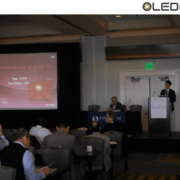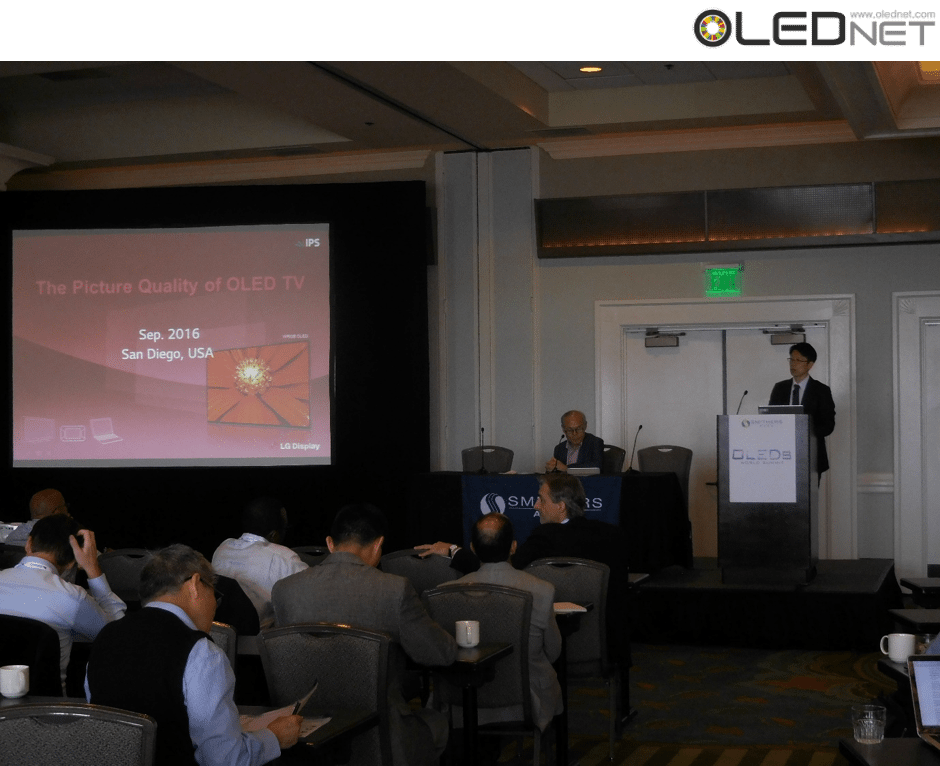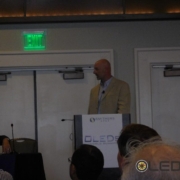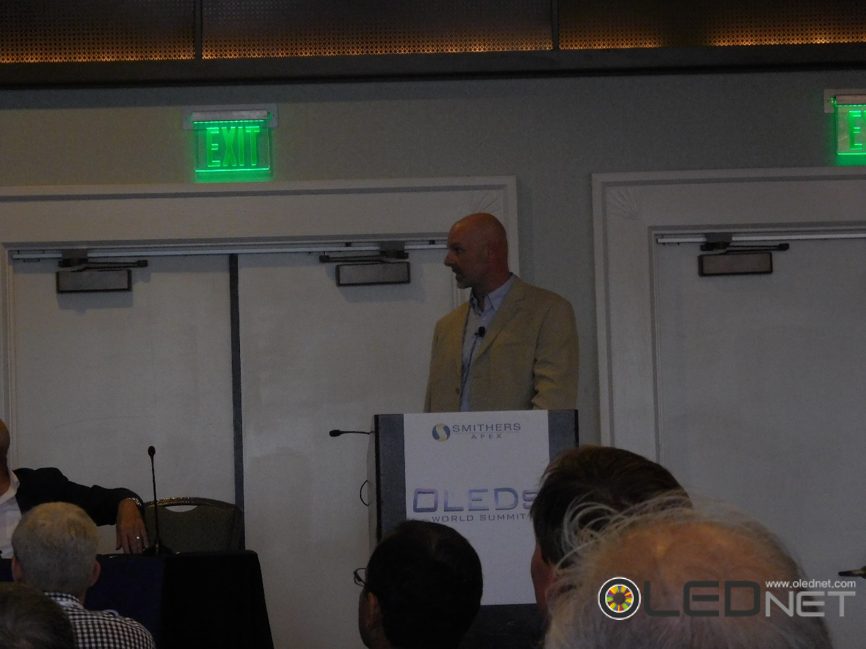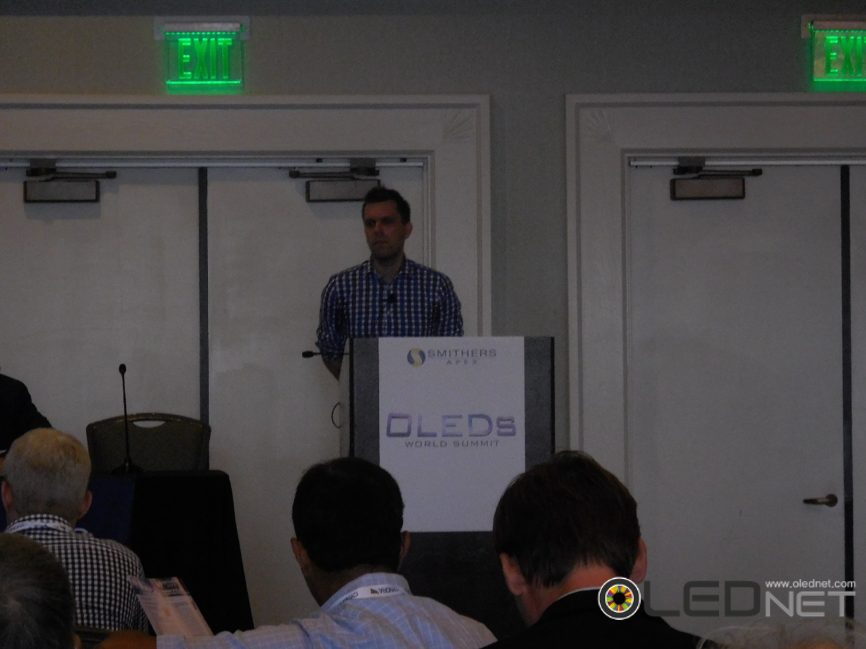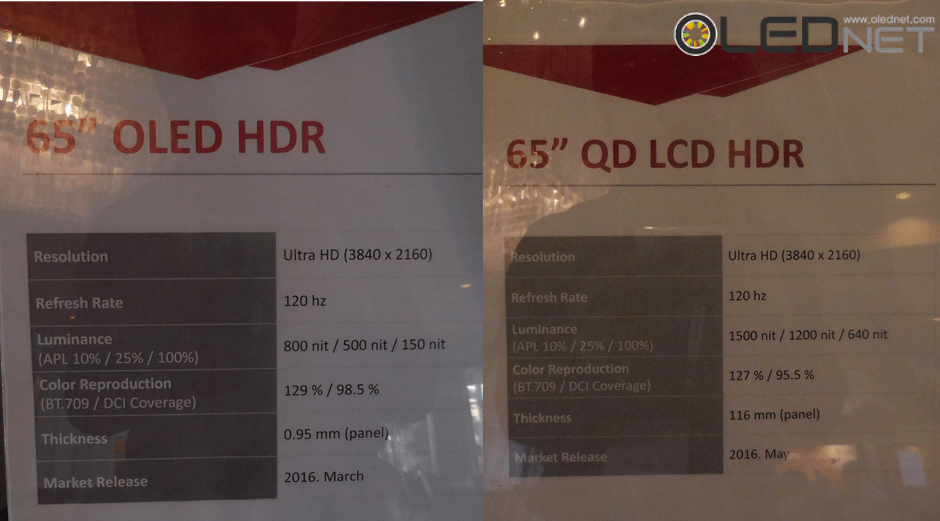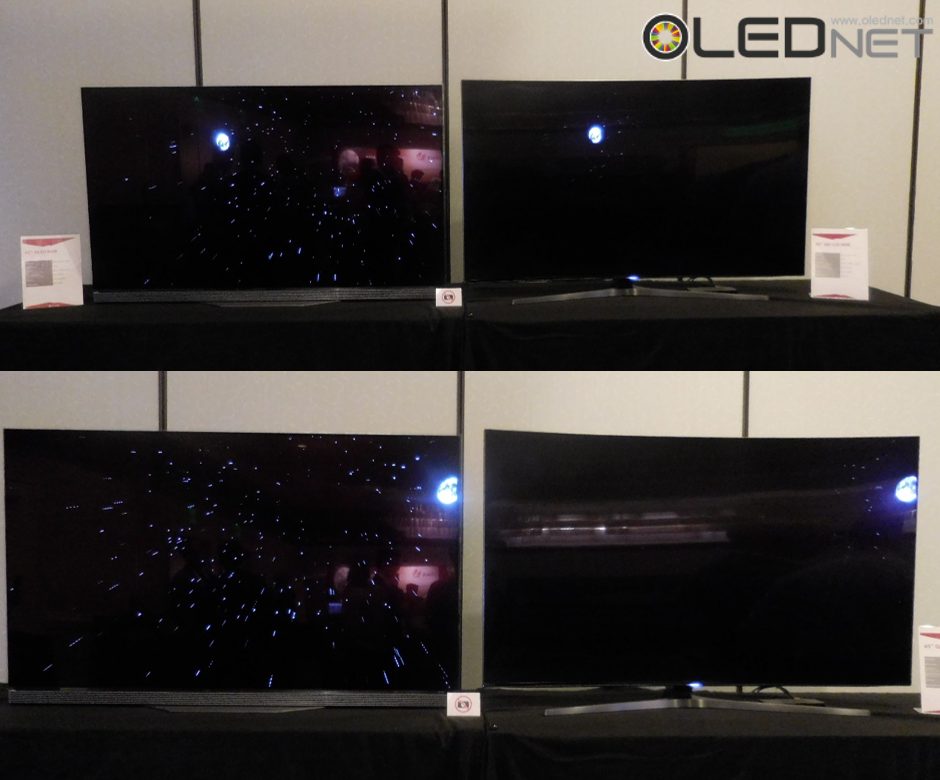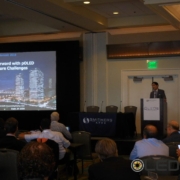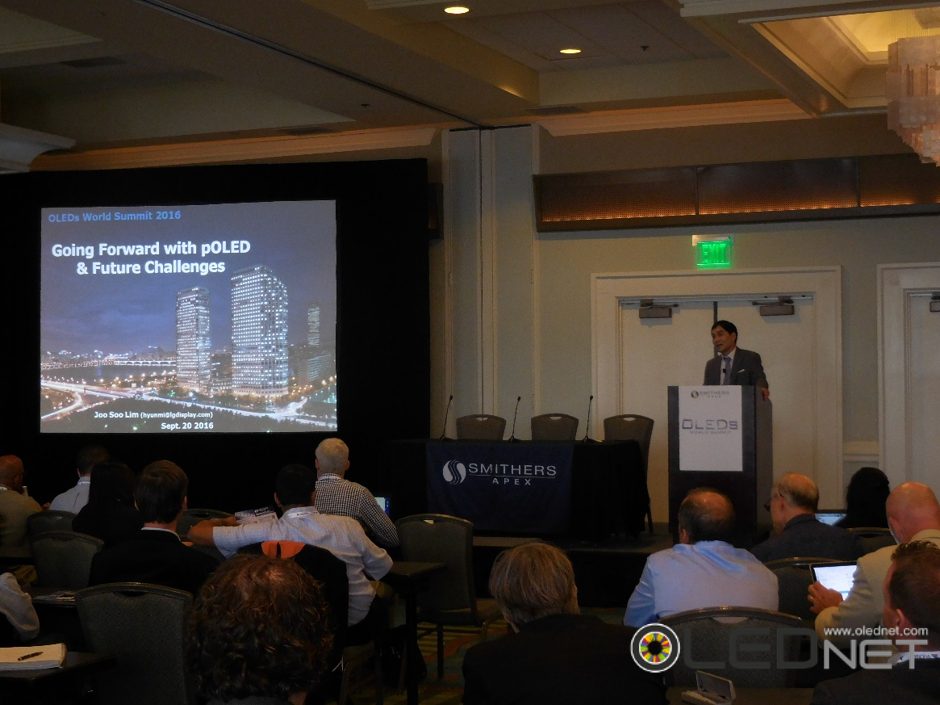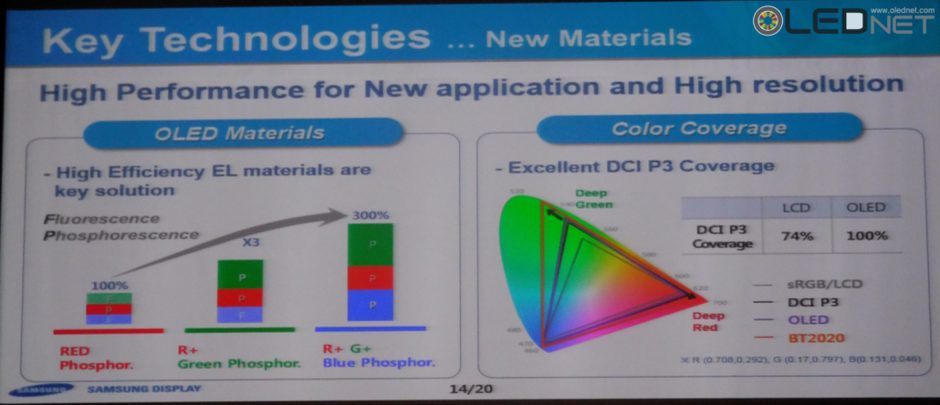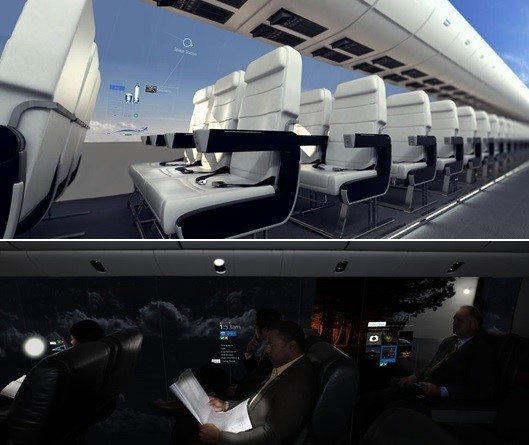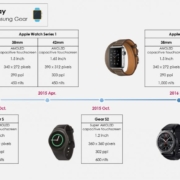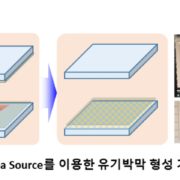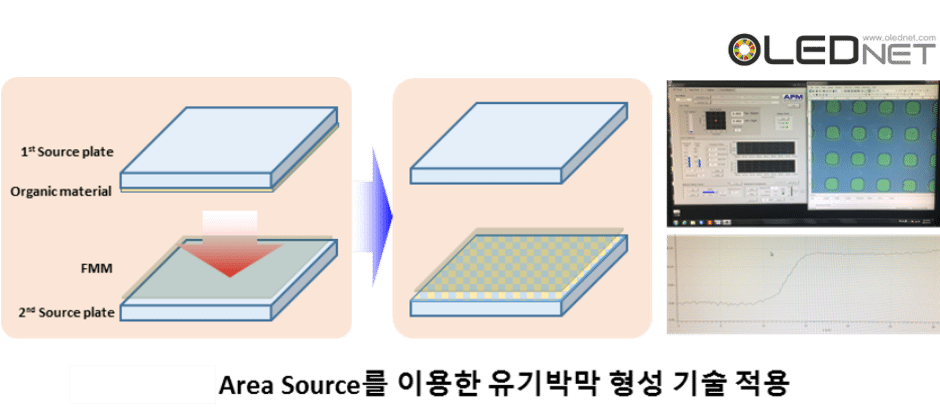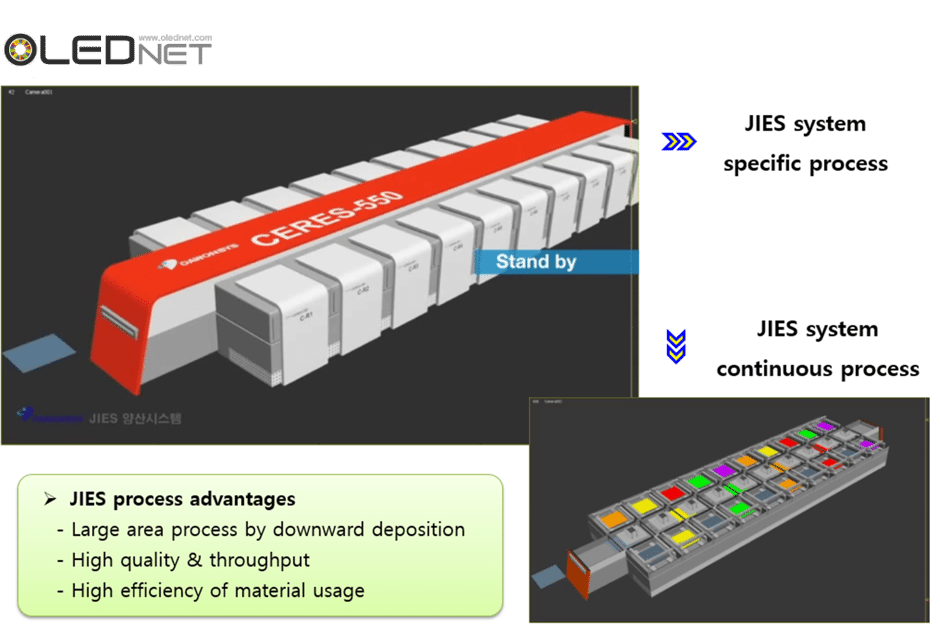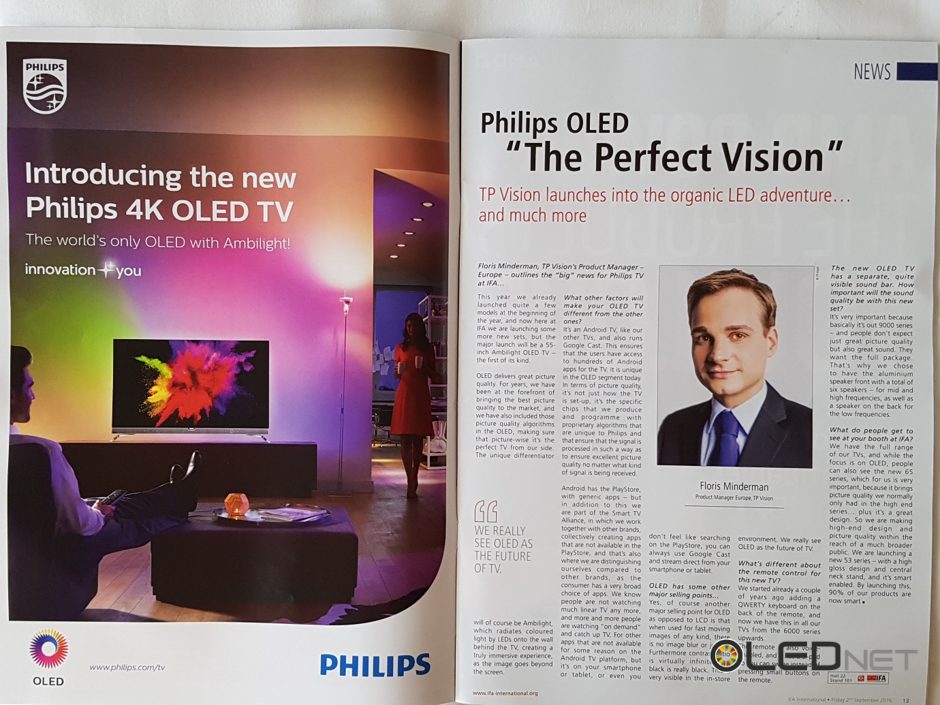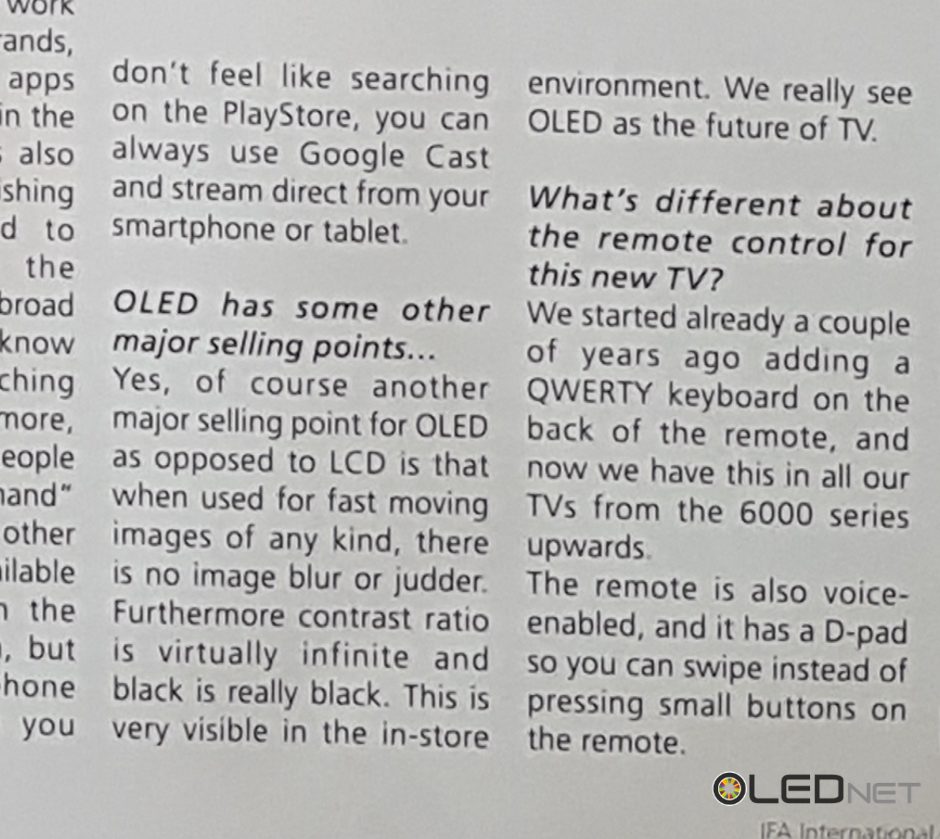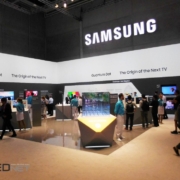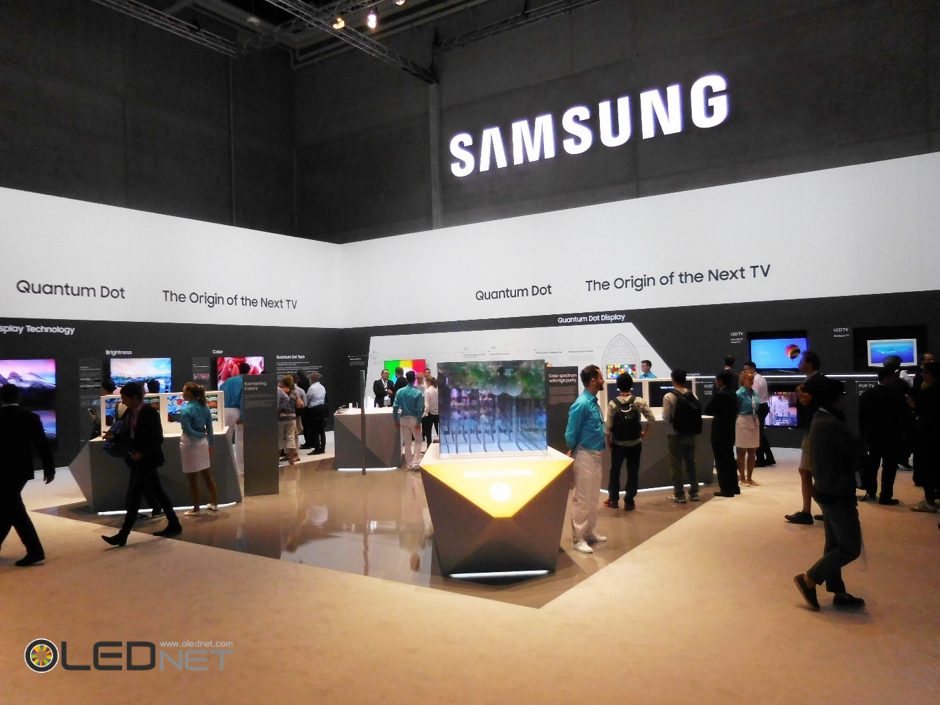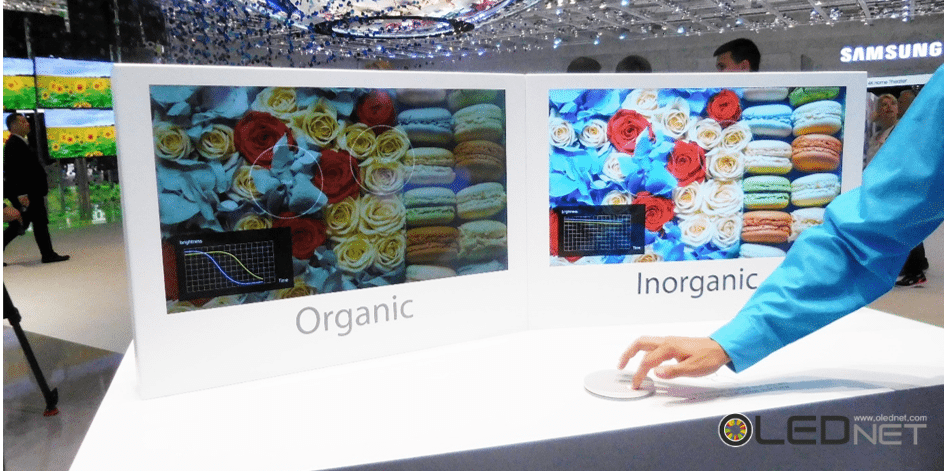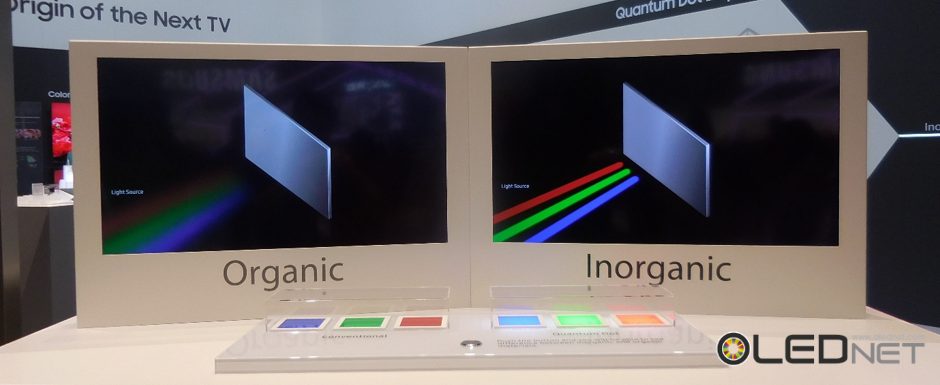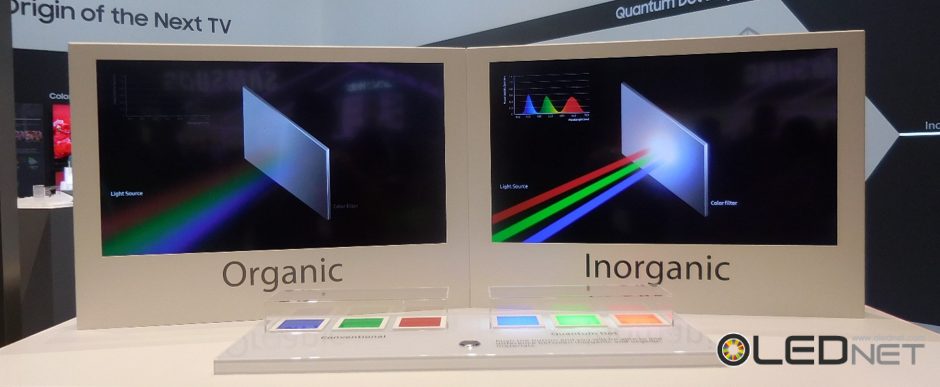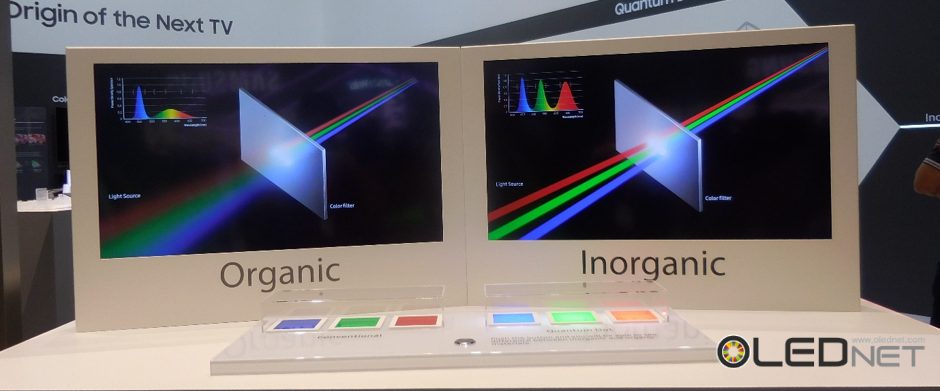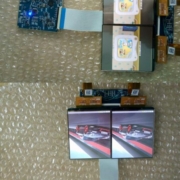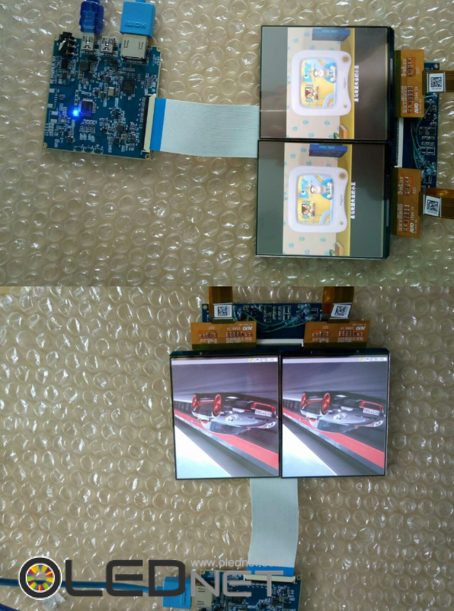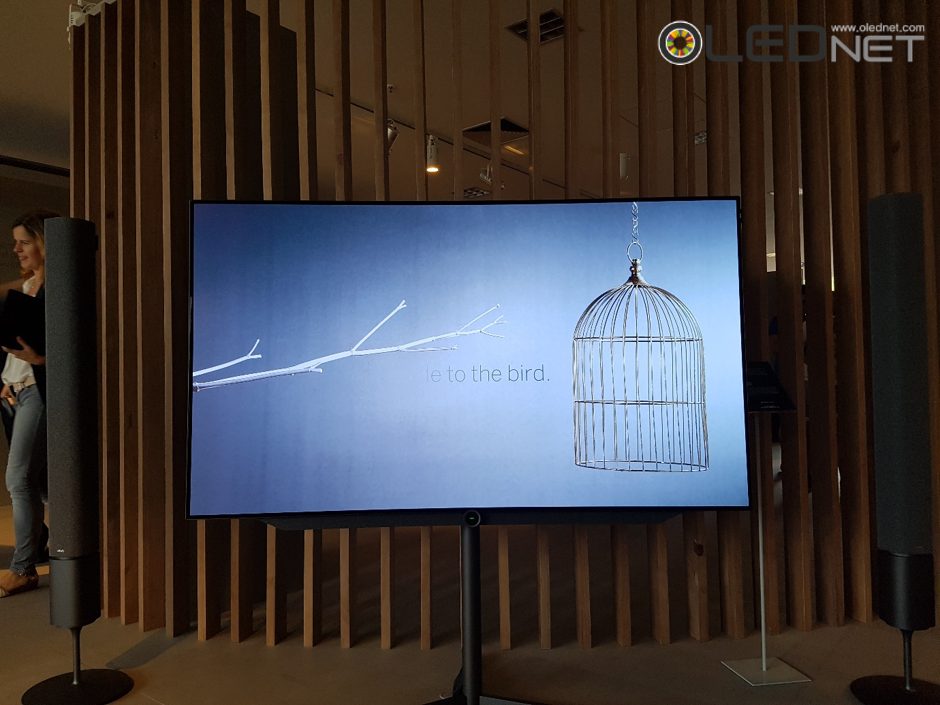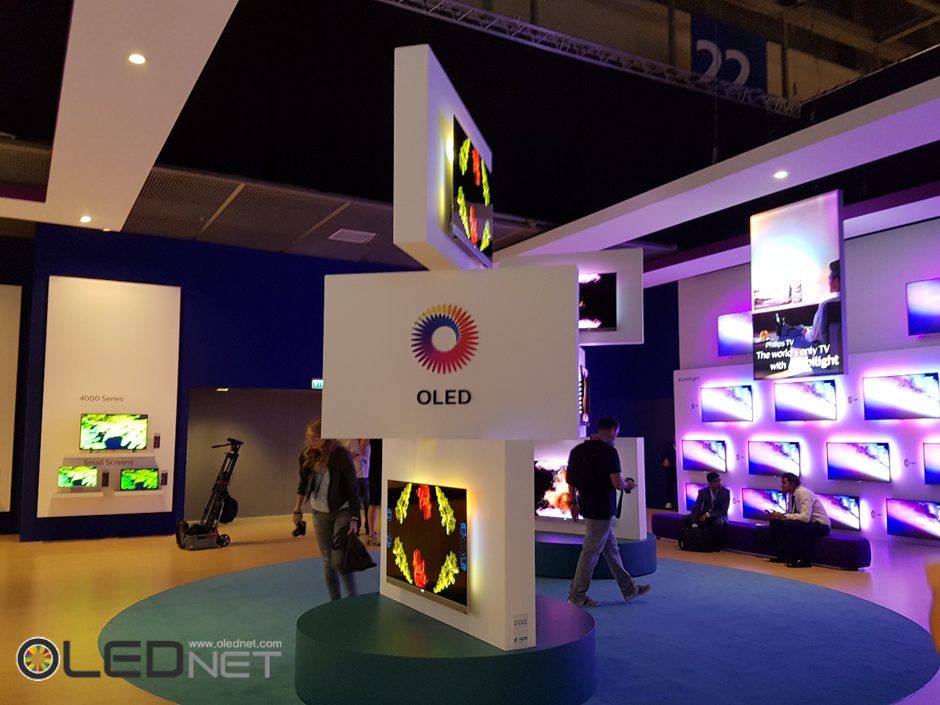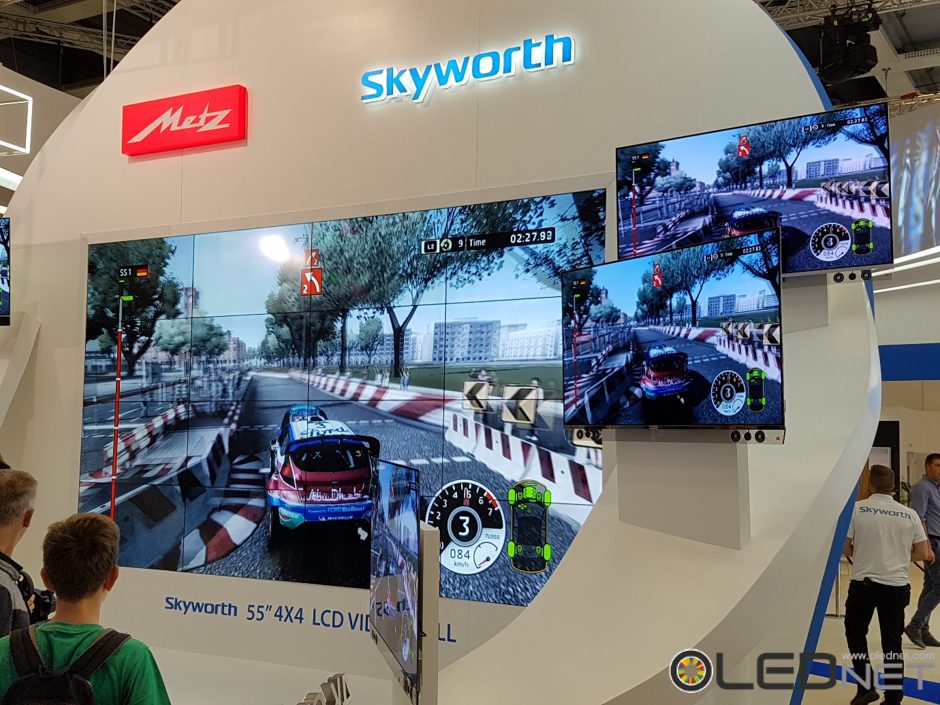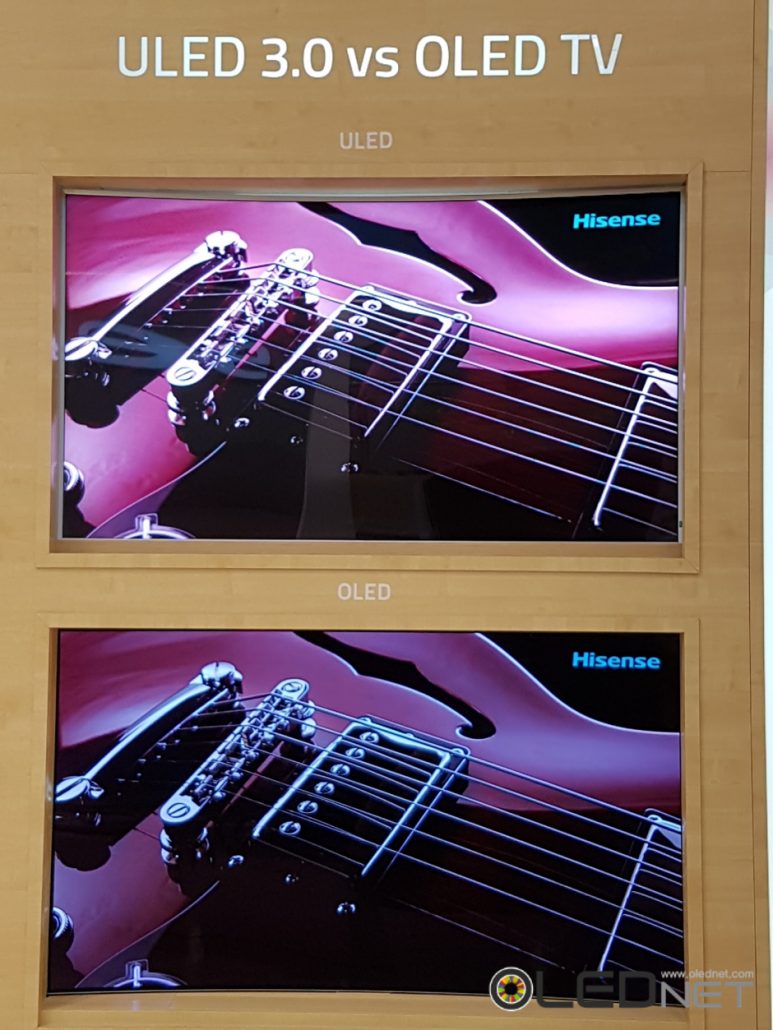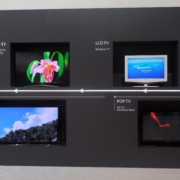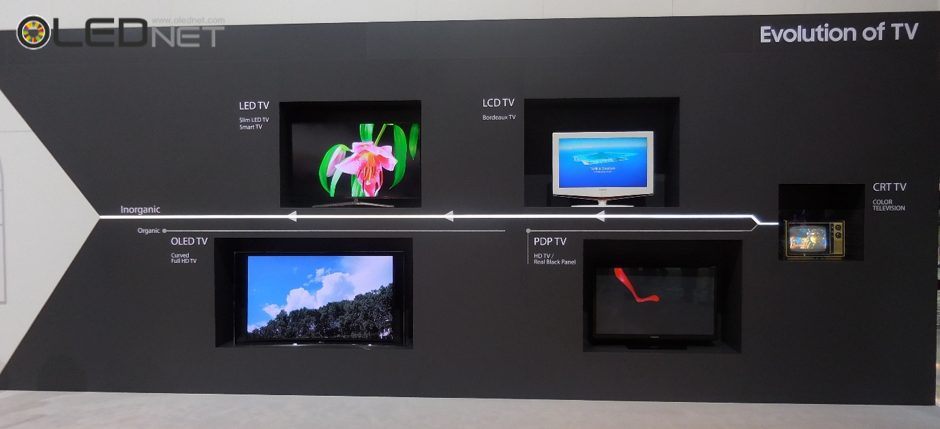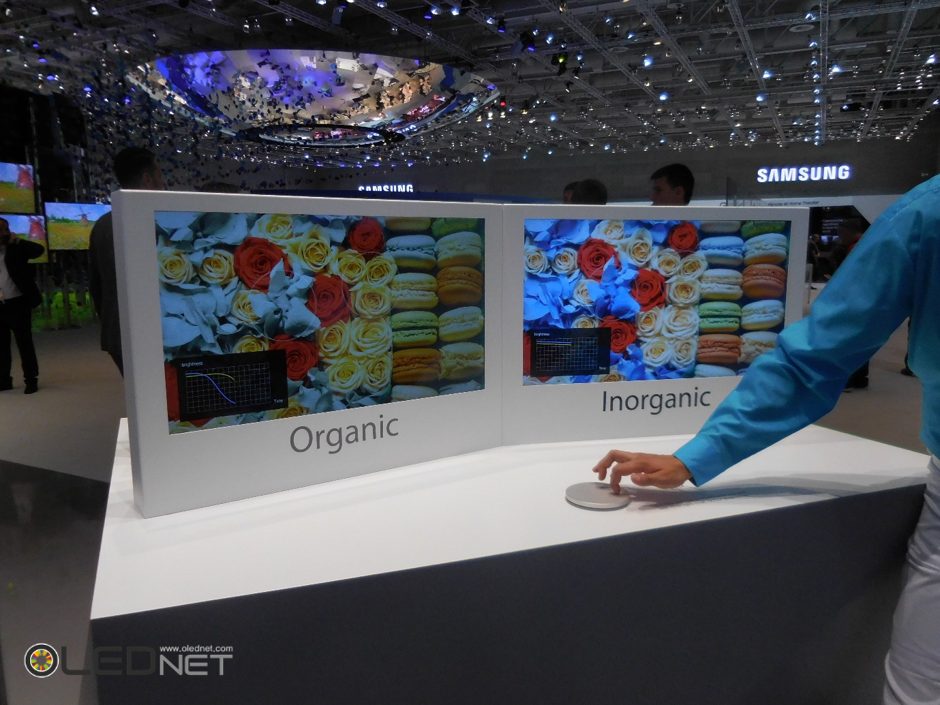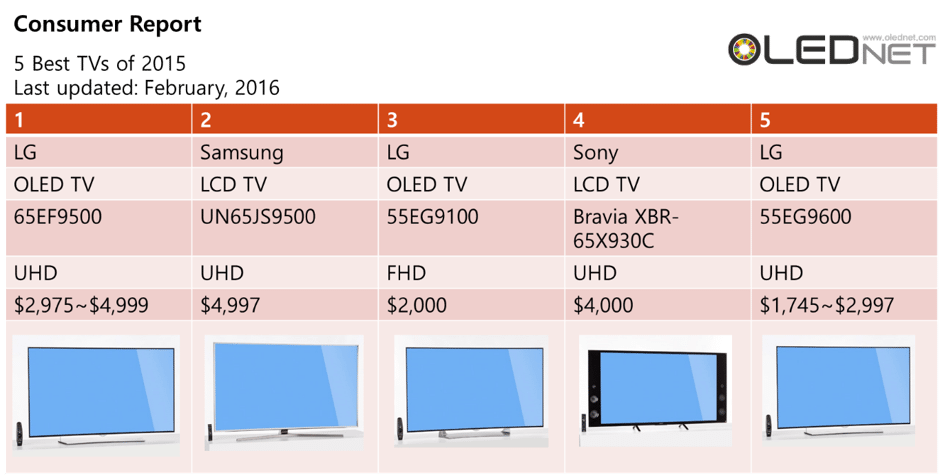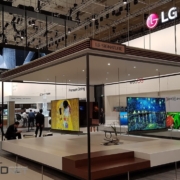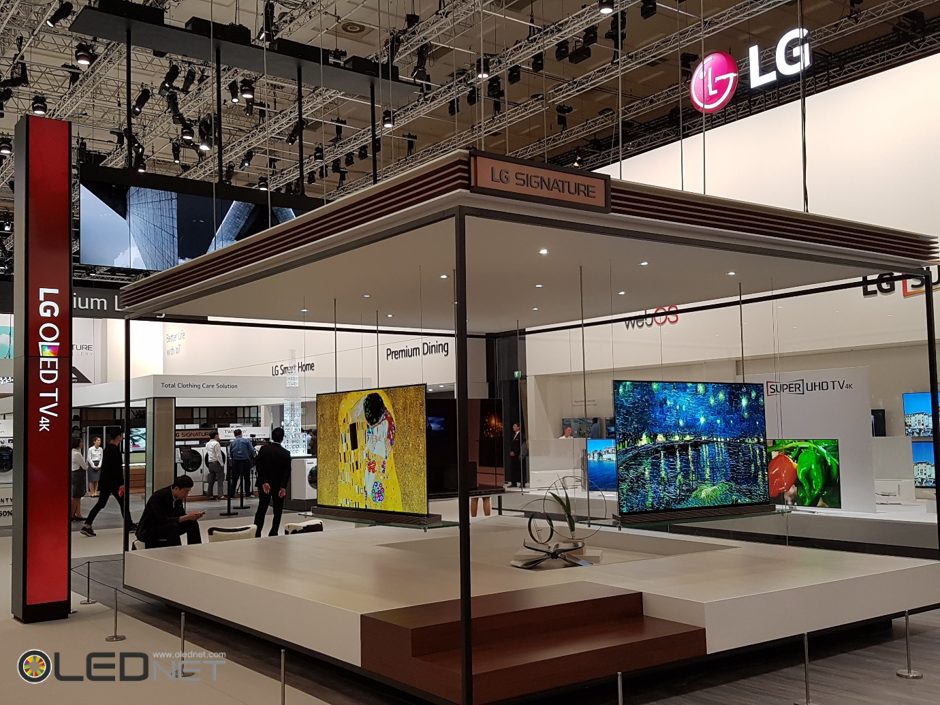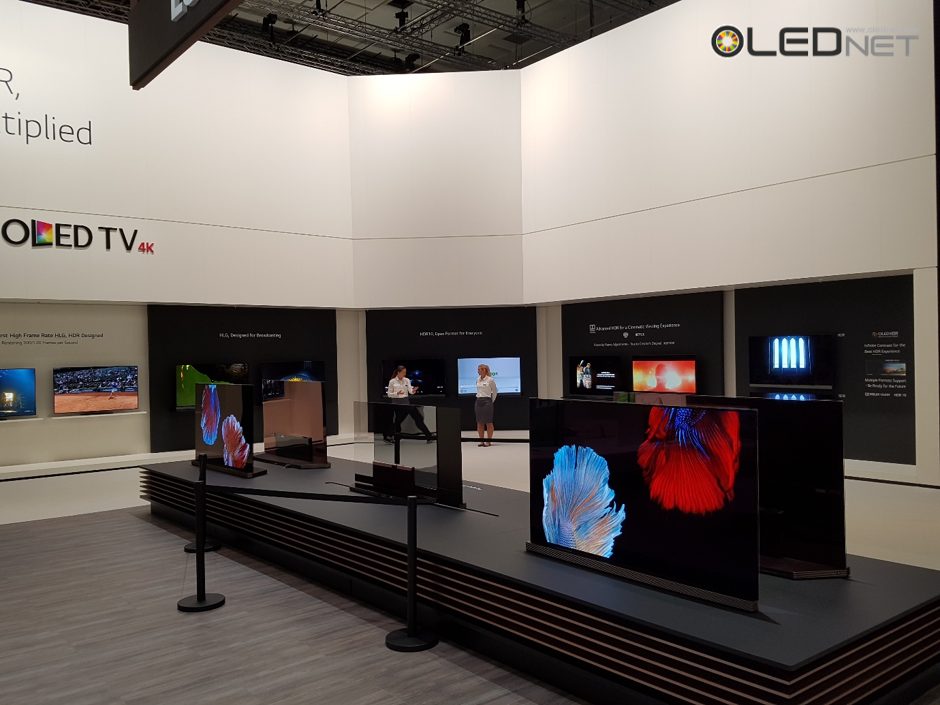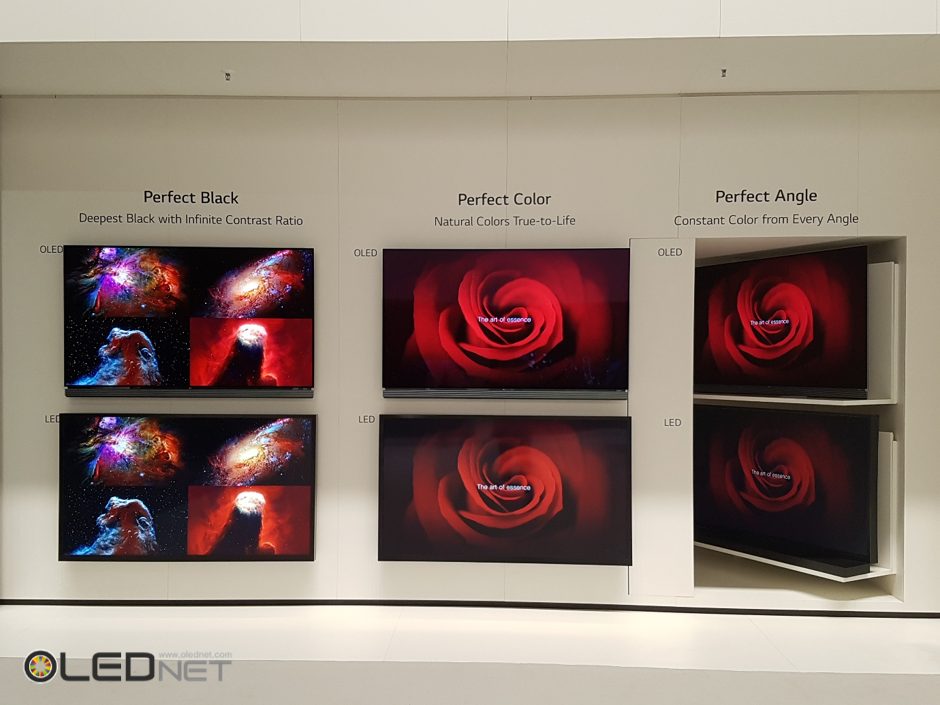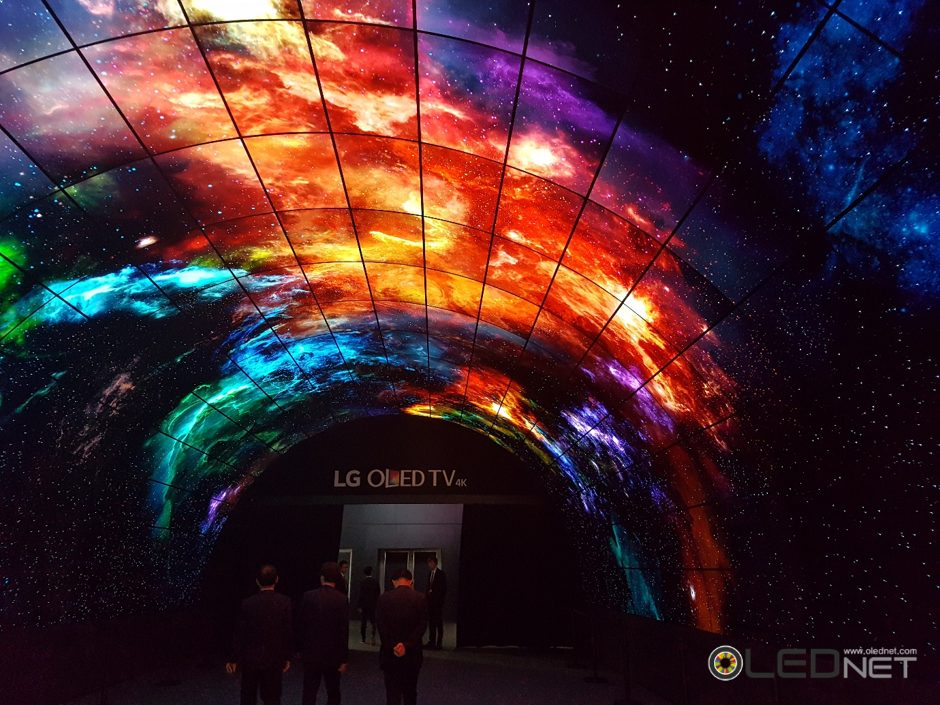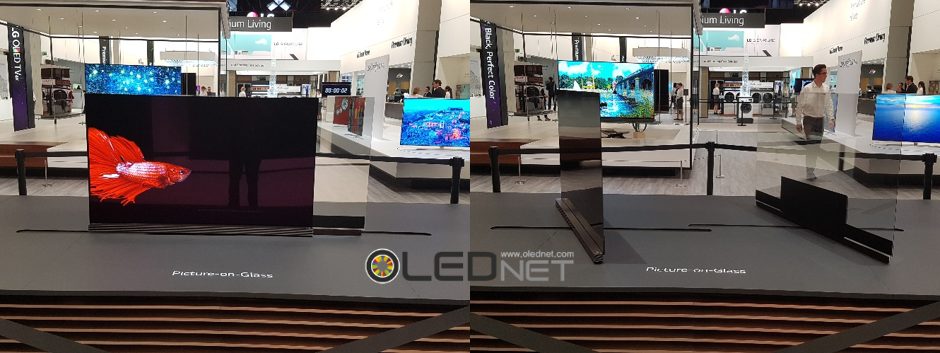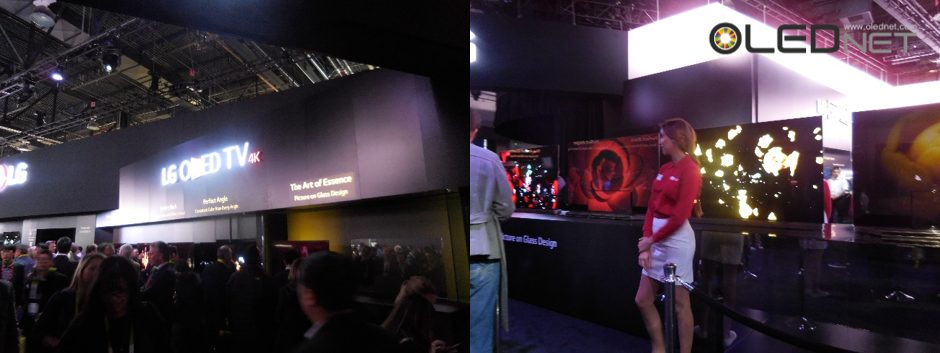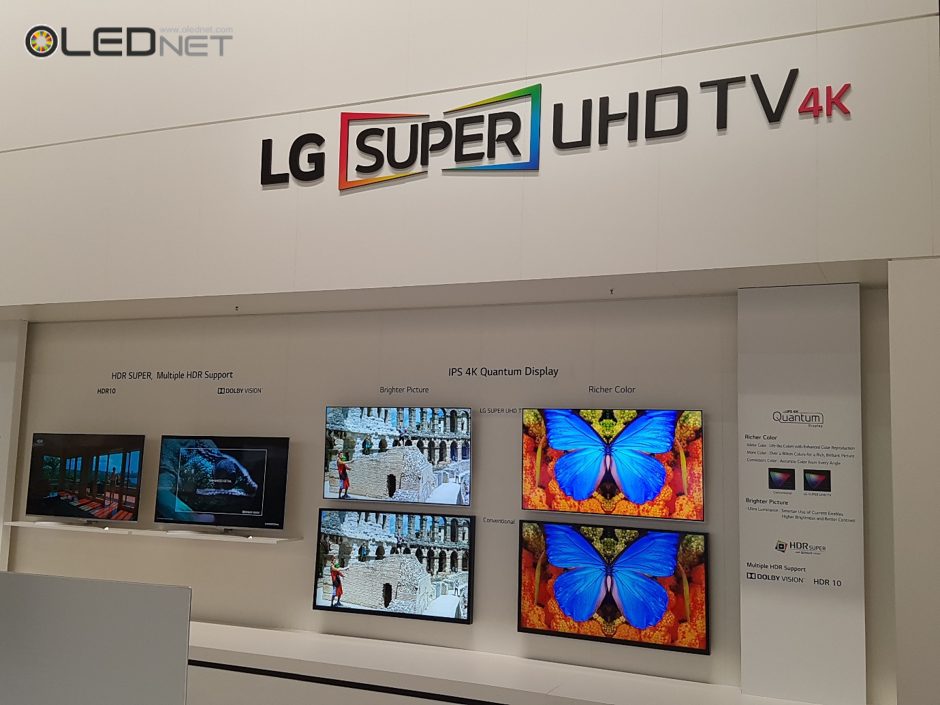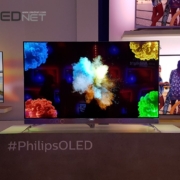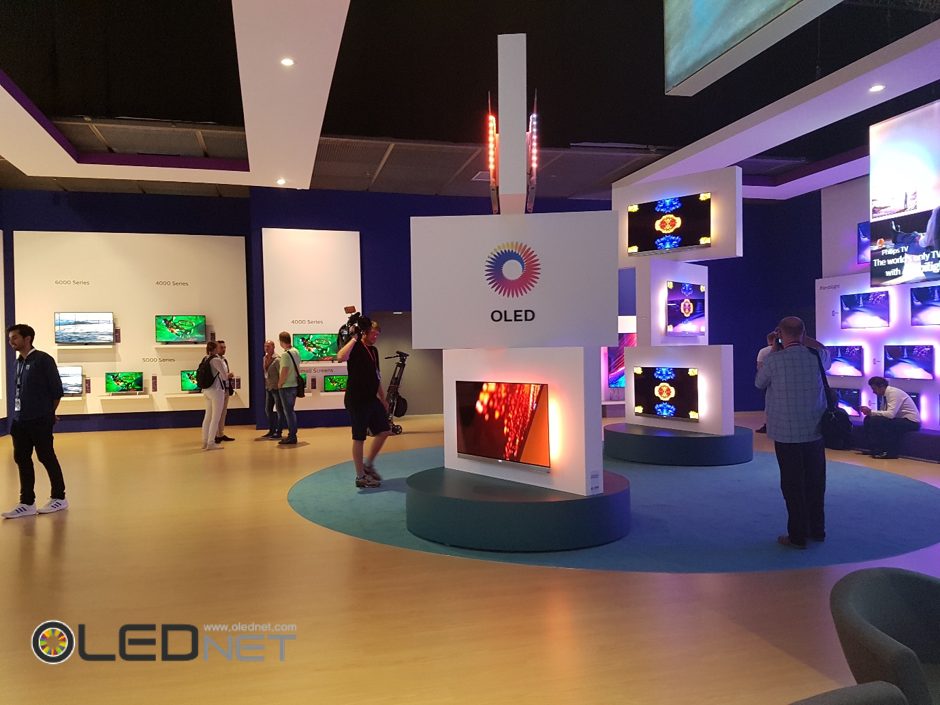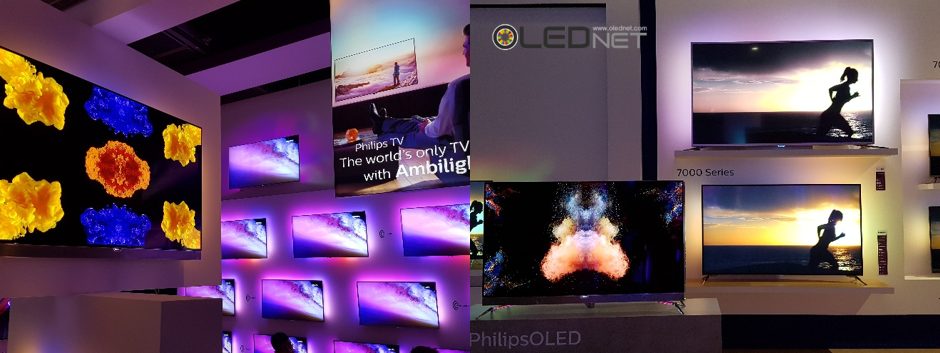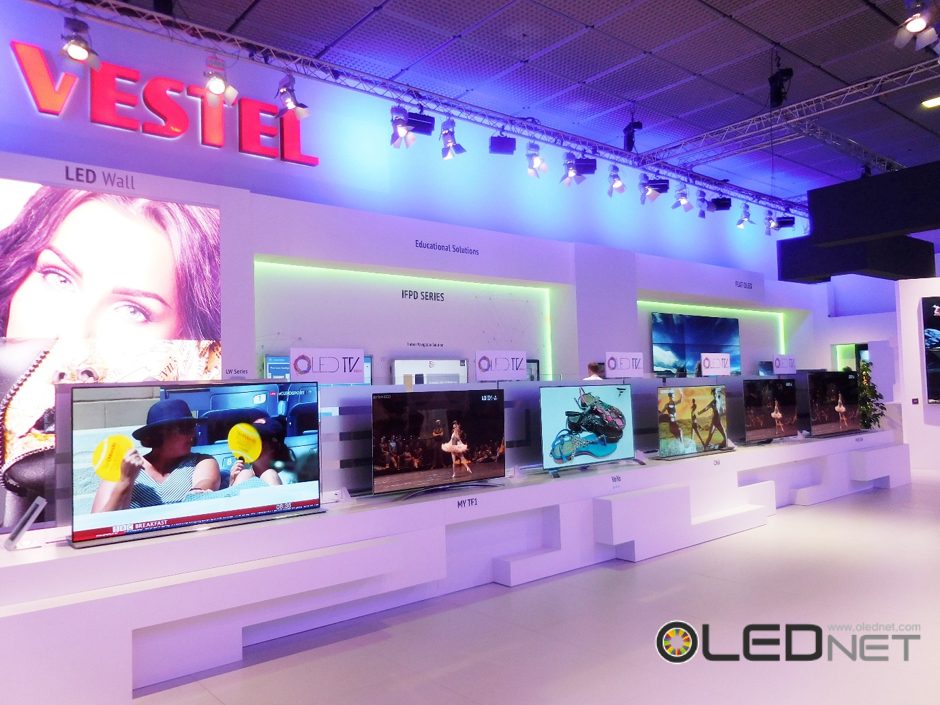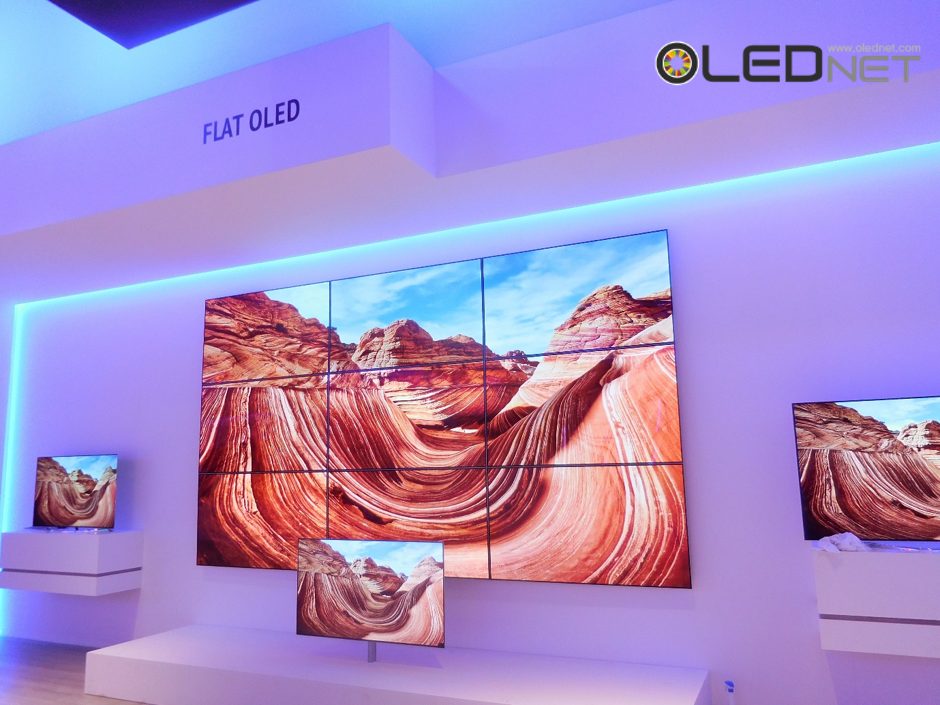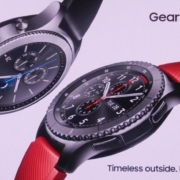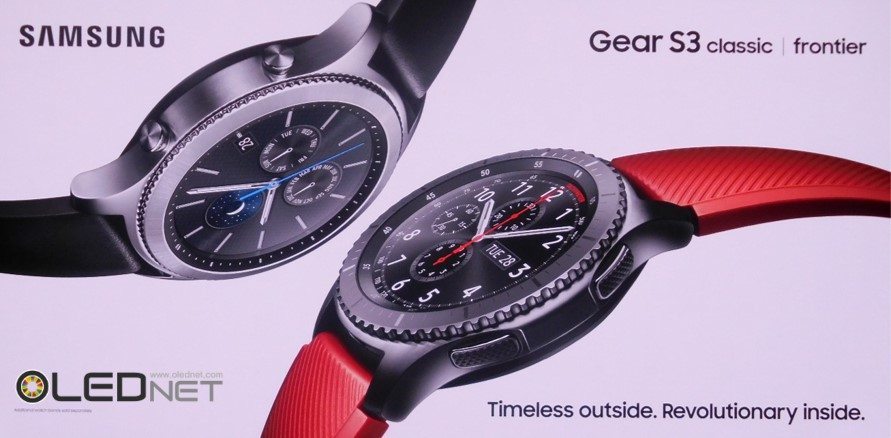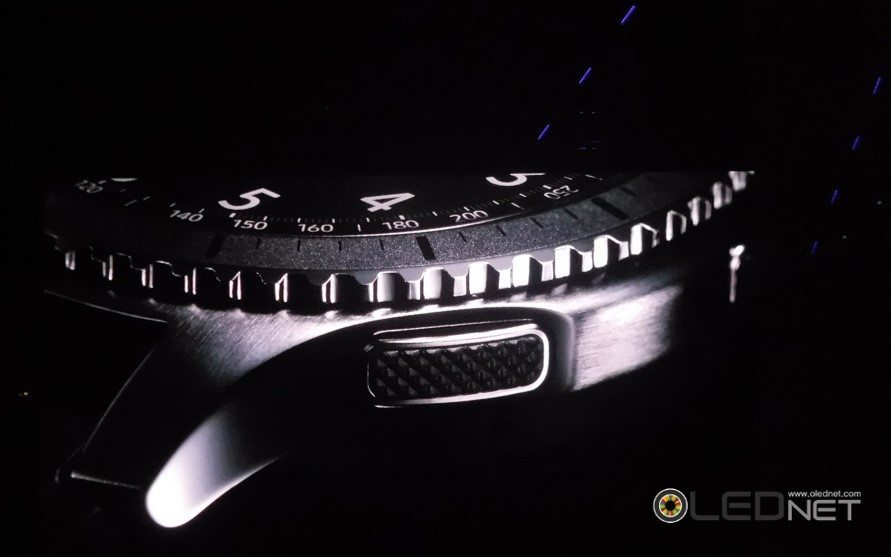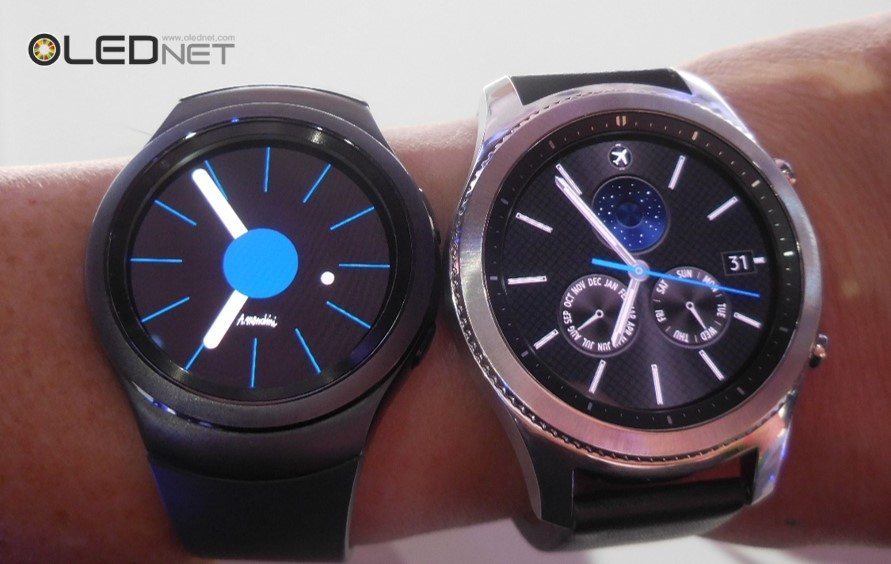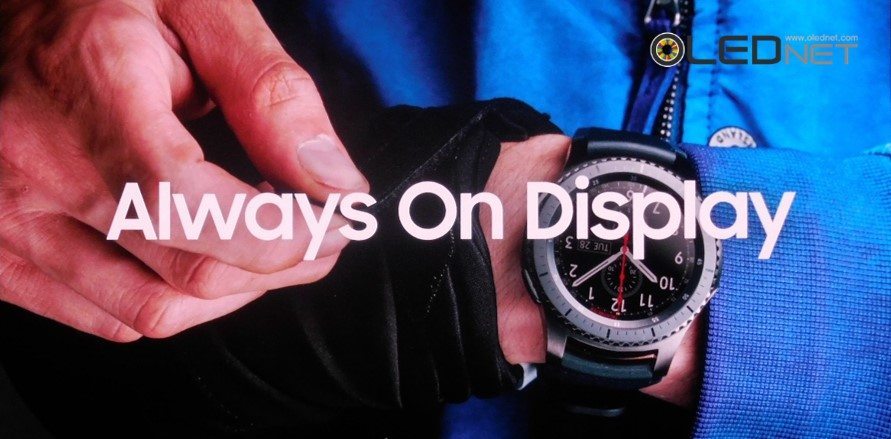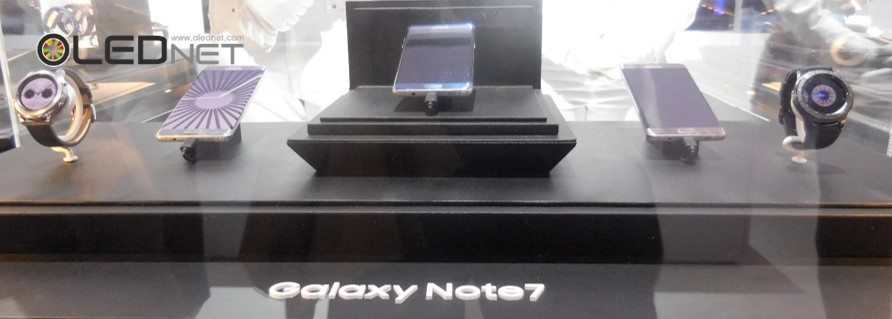Possibility for market entry of Solution process OLED and QLED with new technology of large surface.
Currently in the market of premium TV, OLED TV and QD- LCD industries are highly competitive.
QD vision with Nanosis and SID 2016 and IFA 2016 also emphasized quality of TV with QD material included comparing quality of OLED TV. Against this, LG Display joined the completion by emphasizing quality of OLED TV as an ideal display for HDR with comparison between QD-LCD and OLED in IFA 2016 with from SID 2016,
In current large surfaced TV market, LCD TV is taking overwhelmingly large share in distributed market while OLED TV gradually is growing large share in premium market.
In looking into strategies of each industry, large surfaced OLED is developing solution process OLED in order to achieve broader market share with from premium model to distributed model. To overcome weakness compared to OLED, LCD TV industry progressively use QD material with the final goal of development of QLED technology
As a competition in premium TV market gradually extends to entire area of TV market, present condition and possibility of market entry with solution process OLED and QLED is one of major interest.
For this matter, there is seminar host by Ubi Industrial Research with the theme of “analysis in possibility of market entry with QLED and Solution process OLED” in Medium sized business center, Yeouido, October 14th and will be discussing present market industry of large surfaced TV and panel and also will be dealing with present condition and issue of QLED and Solution process OLED, and future possibility of market entry.
Choong-Hoon Lee, president of Ubi Industrial Research, will suggest future direction of OLED industry with analysis of present condition and possibility of market entry in OLED and QLED.
Sung-Jin Jung, head of department of Du Pont, will be discussing the timing of market entry of solution process OLED with the demonstration of soluble OLED material, the essential part of solution process OLED, including present trend and up to date developmental technique
Professor Chang-Hee Lee and senior researcher Ji-won Bang from Korean Institute of Ceramic Engineering and Technology(KICET) will be discussing about advantage and developmental issue of Quantum dot material and direction of future development.
The seminar attracts attention in terms of providing an opportunity to share and discuss regarding issue through media and exhibition with technological and market perspectives of Ubi Industrial Research and share opinions and future possibility.
For registration and any inquiry, please contact to Hana Oh (hanaoh@ubiresearch.co.kr, 02 577 4940) from Ubi Industrial Research.


